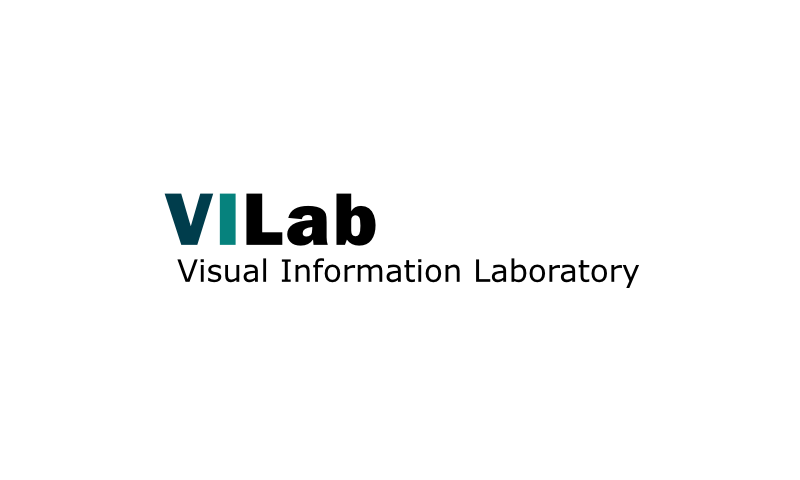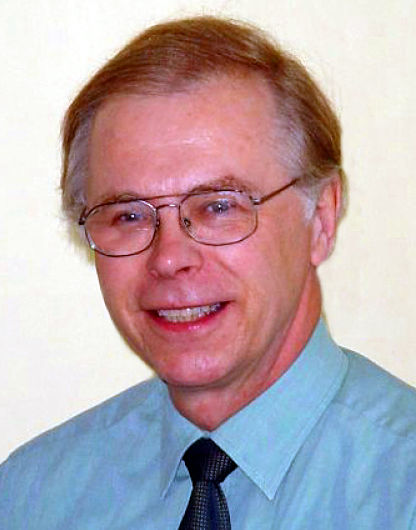
- This event has passed.
BVISS: Pattern Recognition without Features or Training
Friday 20, October, 2017 @ 16:00 - 17:00

Professor Fred Stentiford – UCL

Pattern recognition is usually implemented through the use of a selected set of plausible features that characterise the data being studied. In addition it is also necessary to identify a set of data that represents the problem area and is used to train and adjust parameters to maximise recognition performance. However, in practice it is never possible to be certain that the features chosen and the data selected will anticipate and encompass all future situations in the real world. Indeed when facial images, for example, are distorted by illumination, pose, occlusion, hair, expression and other factors, some features become inappropriate and contribute noise to the discrimination on unseen data. Of course, where it is possible to obtain theoretically representative sets of training data and recognition features, optimal performance can be attained.
A new approach is proposed which extracts structural ‘commonality’ to determine similarity rather than employ distances in feature space [1]. Structure that is common between pairs of images is detected and uses the extent of such structure to measure similarity. The method has been applied to the Yale database A [2] in which a single reference face from each individual is compared with all other data to obtain a 100% result for the first time. The approach has also been applied to stereo images where the correspondence between matching regions reveals the spatial relationships. The shift between matching pixels in the stereo images determines the distance from the camera. The method when used to compare an image with itself reveals commonality with itself but salient regions are highlighted by not generating such commonality.
There may be connections with neuroscience as it has been shown that certain visual neurons are sensitive to brightness gradient vector orientation [3].
[1] F W M Stentiford, “Face recognition by detection of matching cliques of points,” Image Processing Machine Vision Applications VII Conf., IS&T/SPIE Electronic Imaging 2014, San Francisco, 2 – 6 Feb. 2014.
[2] Yale Face Database, http://cvc.yale.edu/projects/yalefaces/yalefaces.html.
[3] Podvigin, N. F., Poeppel, E., Kiseleva, N.B., Kozlov, I.V., Vershinina, E.A., and Granstrem, M.P., “The sensitivity of neurons in the lateral geniculate body of the cat to the orientation vectors of brightness gradients,” Neuroscience and Behavioral Physiology, vol. 31, no. 6, pp. 657-668, 2001.
Biography
Life started with a scholarship in mathematics at St Catharine’s College, Cambridge and later a PhD from Southampton University involving optical character recognition. This research continued with BT and included speech recognition. After joining UCL, Pattern Recognition research widened applications to visual attention, face recognition and text similarity. A list of publications can be found on the website https://www.ee.ucl.ac.uk/~fstentif/.
